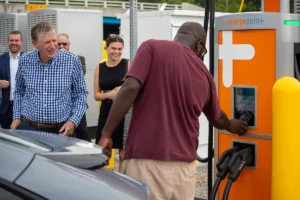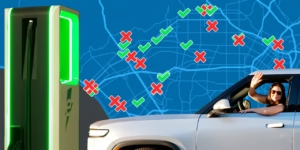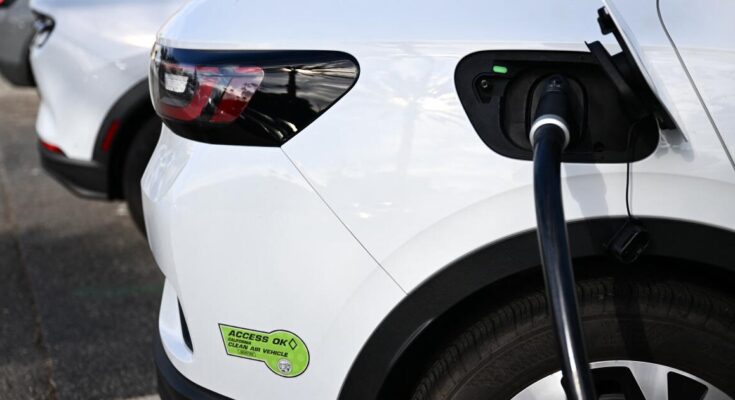California’s EV Revolution: More Chargers Than Gas Pumps, But Challenges Remain
California, a state known for its ambitious environmental goals, has achieved a significant milestone in its transition to electric vehicles (EVs). The Golden State now boasts more EV charging ports than gas nozzles, marking a pivotal moment in the fight against climate change. This surge in charging infrastructure is a testament to the state’s commitment to reducing emissions and promoting sustainable transportation. However, this achievement doesn’t come without its challenges.
A Historic Milestone: More Chargers Than Gas Pumps

The sheer number of EV charging ports surpassing gas nozzles is a remarkable achievement, signaling a significant shift in the transportation landscape. This development suggests a growing acceptance and adoption of EVs among Californians, driven by factors such as government incentives, technological advancements, and rising fuel prices. It also reflects substantial investment in charging infrastructure, making it increasingly convenient for drivers to switch to electric vehicles.
The Road Ahead: UCLA’s EV Charging Roadway and LA’s Transformation

California’s forward-thinking approach extends beyond simply increasing the number of charging stations. The state is pioneering innovative solutions, such as the planned EV-charging roadway at UCLA. This project, slated for completion ahead of the 2028 Olympics, represents a bold step towards integrating charging infrastructure directly into roadways, promising a more efficient and convenient charging experience. This initiative is a key component of a broader effort to rebuild Los Angeles and other Californian cities, focusing on sustainable and efficient transportation systems. Such large-scale infrastructure projects will be crucial to ensuring a smooth transition for drivers and the continued success of EV adoption.
Challenges and Concerns: Broken Chargers and Lax Oversight

Despite the impressive progress, California’s EV charging infrastructure faces significant challenges. Reports of broken chargers, inconsistent functionality, and a lack of adequate oversight are raising concerns. These issues can undermine the effectiveness of the charging network, frustrating drivers and potentially hindering the widespread adoption of EVs. Without addressing these issues, California risks jeopardizing its ambitious emission reduction goals.
Addressing the Challenges: The Path to a Truly Sustainable Future
To ensure the success of its EV revolution, California must address the current shortcomings in its charging infrastructure. This includes:
-
Improving Maintenance and Reliability: Investing in robust maintenance programs to minimize downtime and ensure reliable charging stations.
-
Strengthening Oversight and Regulation: Implementing stricter regulations and oversight mechanisms to ensure consistent quality and functionality of charging stations.
-
Expanding Access and Equity: Focusing on expanding charging infrastructure in underserved communities to ensure equitable access for all Californians.
-
Investing in Smart Charging Technologies: Implementing smart charging technologies to optimize energy distribution and reduce strain on the power grid.
California’s transition to electric vehicles is a monumental undertaking. While the achievement of having more EV charging ports than gas nozzles is commendable, addressing the existing challenges is crucial to realizing the full potential of this transition and ensuring a truly sustainable transportation future. The state’s proactive approach, including innovative projects like the UCLA charging roadway, offers hope for a cleaner, greener tomorrow. However, consistent effort and attention to detail are necessary to navigate the complexities of this transition successfully.



